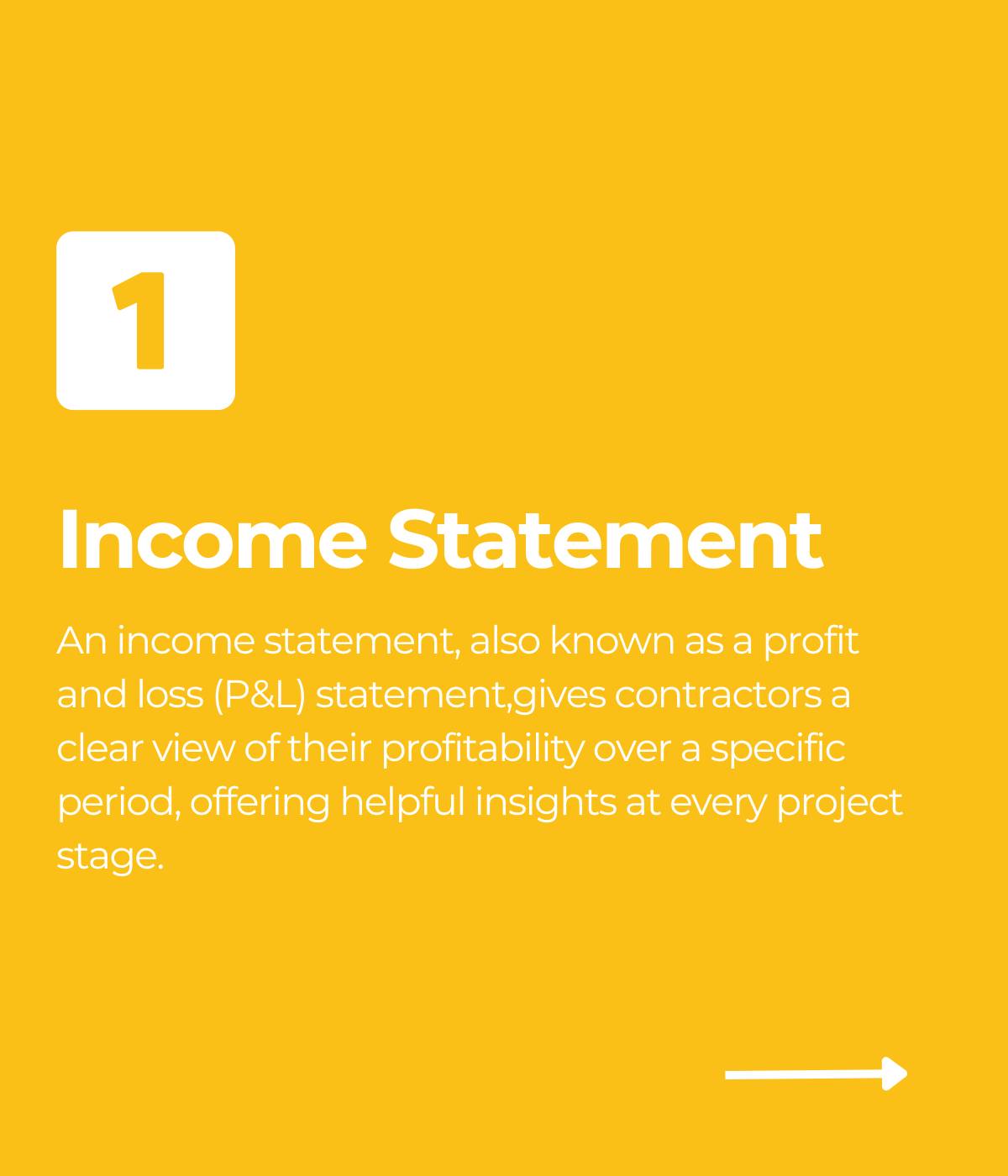
Once upon a time, contractors essentially chose between a contract-complete method or a percentage-of-completion method for recording revenue. More recently, the new ASC 606 revenue recognition standards have ushered many changes and raised as many questions.
ASC 606 introduces a five-step model for considering revenue earned, including an important new concept, “transfer of control.” But with its focus on whether performance obligations are completed “over time” versus “point-in-time,” what exactly happened to the percentage-of-completion method we’ve come to know and love?

Recapping the Percentage-of-Completion Method
Before ASC Topic 606 came along to reconcile some of the differences between U.S. GAAP and International Financial Reporting Standards (IFRS), there was ASC 605. Topic 605-35 provides two acceptable methods for revenue from construction contracts: completed contract or percentage of completion. Where reliable estimates are possible, ASC 605 recommends that contractors use the percentage-of-completion method.
What Is the Percentage-of-Completion Method?
In contrast to the completed-contract method, percentage of completion allows contractors to recognize revenue as they earn it over time. As a project progresses toward completion, the contractor can bill for the work they’ve performed. Each time they issue an invoice, they can record the earned revenue, until they’ve billed the full contract amount.
To calculate how much revenue they’ve earned for a billing period, the contractor might choose a method such as cost-to-cost or estimated percent to complete.
Cost-to-Cost Method
The cost-to-cost method uses the formula actual job costs to date / estimated job costs. This percentage is then multiplied by estimated revenue to get the contract earned. If the amount billed is less than the contract amount earned, the difference becomes a current asset called “costs in excess of billings” or “underbillings.” If the amount earned is more than what’s billed, the difference is a liability, “billings in excess of cost” or “overbillings.” This method only produces accurate calculations, however, if estimates are kept current.
Estimated Percent Complete
The estimated percent complete method substitutes the formula above with a subjective estimate of the total percentage of the job completed. Because this method relies on a subjective assessment, it’s less precise and can be more prone to error.
Who Uses the Percentage of Completion?
Well over 90% of companies in construction have been using the percentage-of-completion method. Many are required to do so for tax purposes. In general, contracts must use percentage of completion where the following apply:
- if the contractor’s average annual revenue for the last three years exceeds an exception limit
- if completion is expected to take at least two years from the date the contract begins
- unless it qualifies as a “home construction contract” under tax code Section 460(e)(5)(A)
As of the Tax Cuts and Jobs Act, the IRS exception limit raised from $10 million to $25 million in gross receipts.
Why Use Percentage of Completion?
A primary advantage of the percentage-of-completion method over the completed-contract method is that it reports income evenly over the course of the contract. Since the percentage-of-completion is used on projects that span over several financial periods and multiple fiscal years, this prevents the appearance of sudden large swings of income on the profit-and-loss (P&L) statement. As a result, it presents a more accurate picture of a construction company’s financial position.
Recapping ASC 606 Transfer of Control
ASC 606 provides different guidance in thinking about revenue recognition because it thinks differently about contract completion. Instead of approaching revenue recognition based on being able to estimate the contract value and duration, it considers it in terms of “performance obligations” and how they transfer control.
The new revenue guidance under ASC 606 introduces “transfer of control” to determine when to recognize revenue for completed work. Transfer of control essentially occurs when the work becomes the customer’s to own and have use of. Depending on the contract, it can happen either at a single point in time or over time.
Point-in-Time
New guidance considers transfer of control to occur at a “point in time” when all of the following are true:
- the customer doesn’t receive and consume benefits from the work until the very end
- the contractor creates or enhances an asset that’s under the contractor’s own control
- if the contract falls through, the contractor will be able to make other use of the asset — plus the contractor doesn’t have an enforceable right to payment until contract completion
Over Time
In contrast, transfer is “over time” when any of the following conditions are met:
- the customer receives and consumes benefits from the work as the contractor performs it
- the contractor creates or enhances an asset under the customer’s control
- the contractor can’t make use of the asset they create apart from the contract, and they have an enforceable right to payment for work completed
| POINT IN TIME | OVER TIME |
|---|---|
| Contractor has no right to payment until the end | Contractor has a right to payment at various stages |
| Contractor has legal title until transfer | Customer has legal title of the asset |
| Contractor has physical possession until transfer | Customer has physical possession of the asset |
| Contractor has use and benefits until transfer | Customer has ongoing use and benefits of the asset |
In short, with transfer “over time,” the customer will generally hold legal title and, therefore, ongoing use and benefit of the asset. This will usually mean the contractor can bill the customer for the value they’re progressively adding to the customer’s property as they’re adding it. In this way, recognizing revenue “over time” under ASC 606 is very similar to using the percentage-of-completion method.
Using the Percentage-of-Completion Method Under ASC 606
Under the newer guidance, contracts that transfer control over time would use a percentage of completion to determine how much of the performance obligation’s price is earned. Under the five-step model, this requires contractors first to identify the performance obligations in the contract and allocate a transaction price to each one. Again, that would mean the percentage of completion is applied to a performance obligation rather than to a contract price.
Options for figuring percent complete are similar between the old ASC 605 and the newer ASC 606. The contractor can select an output method (units produced, estimated completion) or an input method (incurred costs, labor hours used). However, there are other changes to be aware of.
ASC 606 gives points of special emphasis when companies use a percentage-of-completion method. First, contractors must use the same percentage-of-completion measure for all performance obligations under the same contract. Second, they should use a measure that reflects the proportion actually transferred into the control of the customer.
To that end, if a contractor uses an input method (including cost-to-cost), they would need to exclude inefficient inputs when measuring progress This includes defective materials or wasted labor. They also need to adjust for “uninstalled materials,” which have a special definition under the guidance. Companies can recognize revenue for these materials in an amount equal to their cost, using the “zero-profit carve-out method” when they transfer control.

Conclusion
While many aspects of a percentage-of-completion method remain the same under ASC 606, the new guidance does need to be studied seriously. Some of the larger conceptual changes regarding performance obligations impact how it will be used. Contractors need to consider finer points of guidance as well, just as with previous GAAP guidance and IRS reporting requirements. Construction businesses should work closely with their construction-specific CPA for guidance on their particular situation and contracts.
Share Article
Keep on current news in the construction industry. Subscribe to free eNews!
Our Top 3 YouTube Videos
Learn about our software more in depth with product overviews, demos, and much more!

Our ACA reporting & e-filing services include official 1094-C and 1095-C IRS reporting, optional e-filing (no applying for a TCC code required), mailing to your employees and experienced support to help you.

There are plenty of reasons to make FOUNDATION your choice for job cost accounting and construction management software — just ask our clients!

From job cost accounting software, to construction-specific payroll. Get an overview on your next all-in-one back-office solution.









